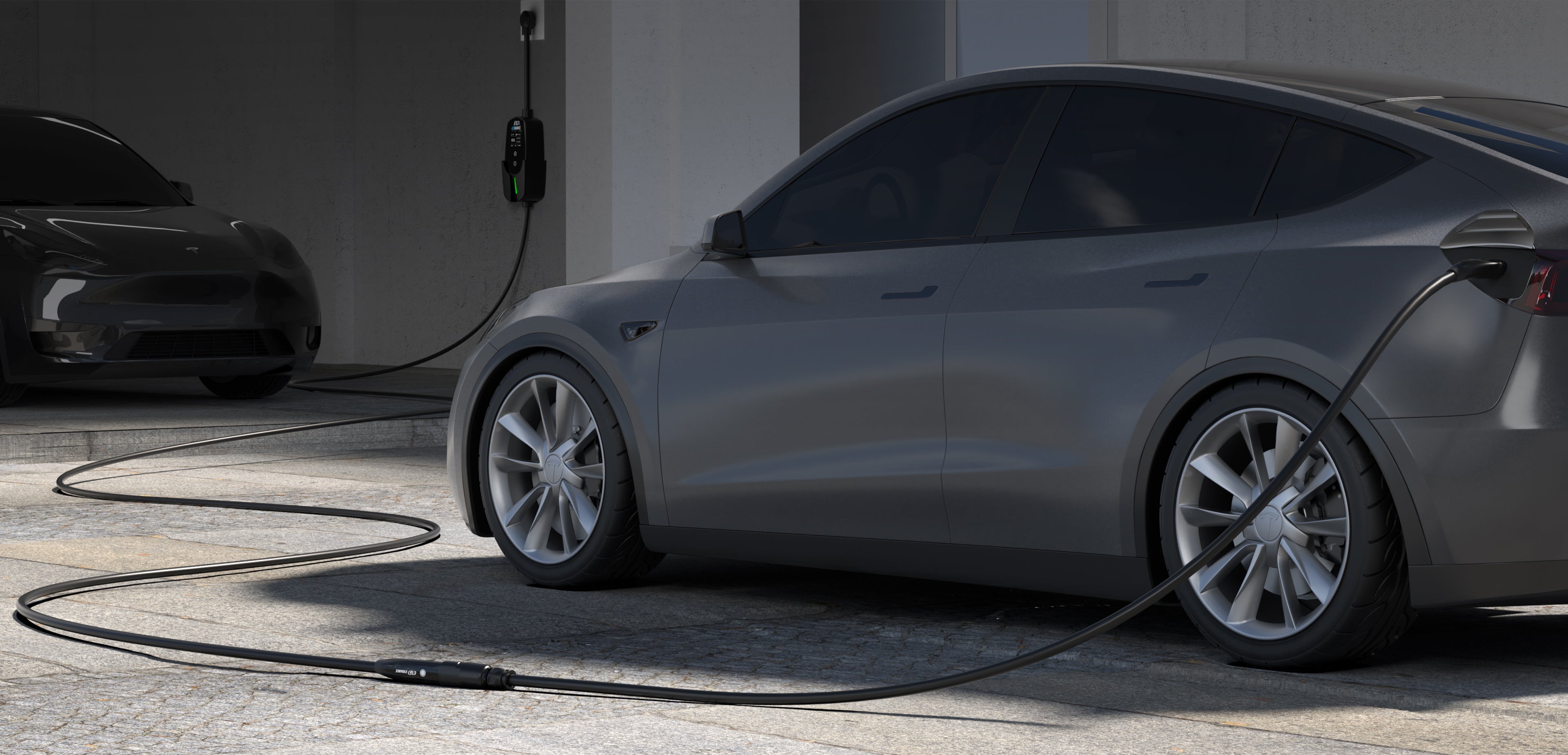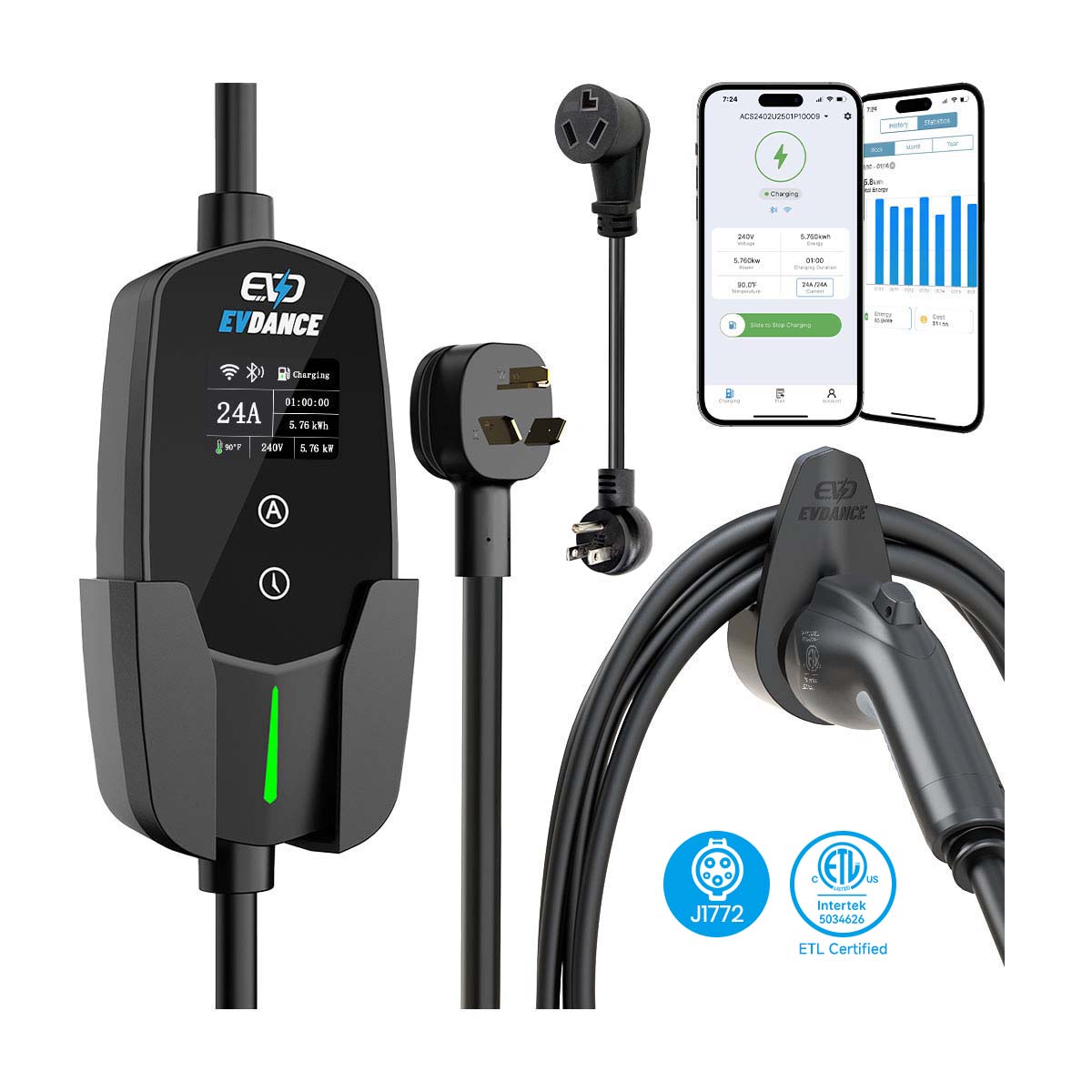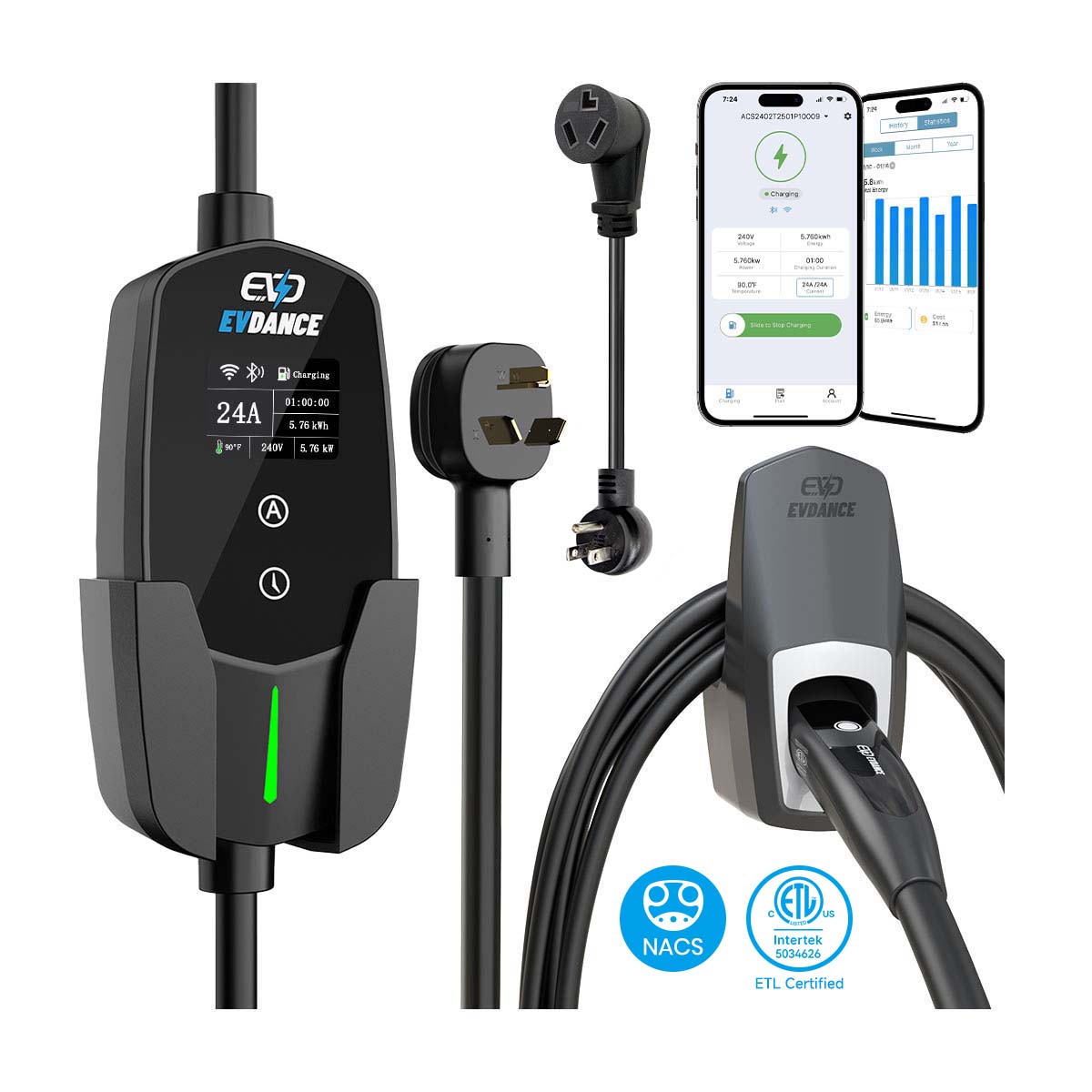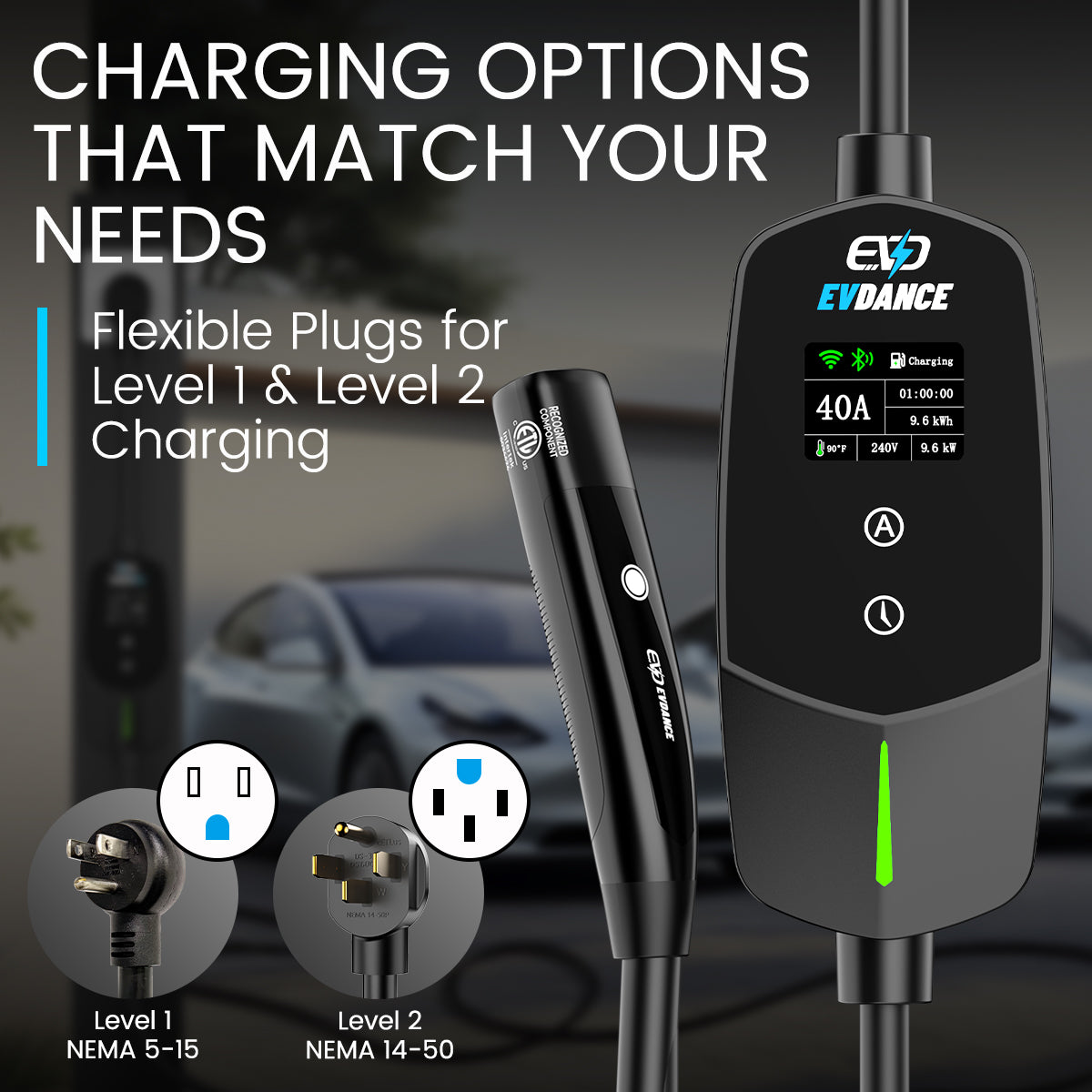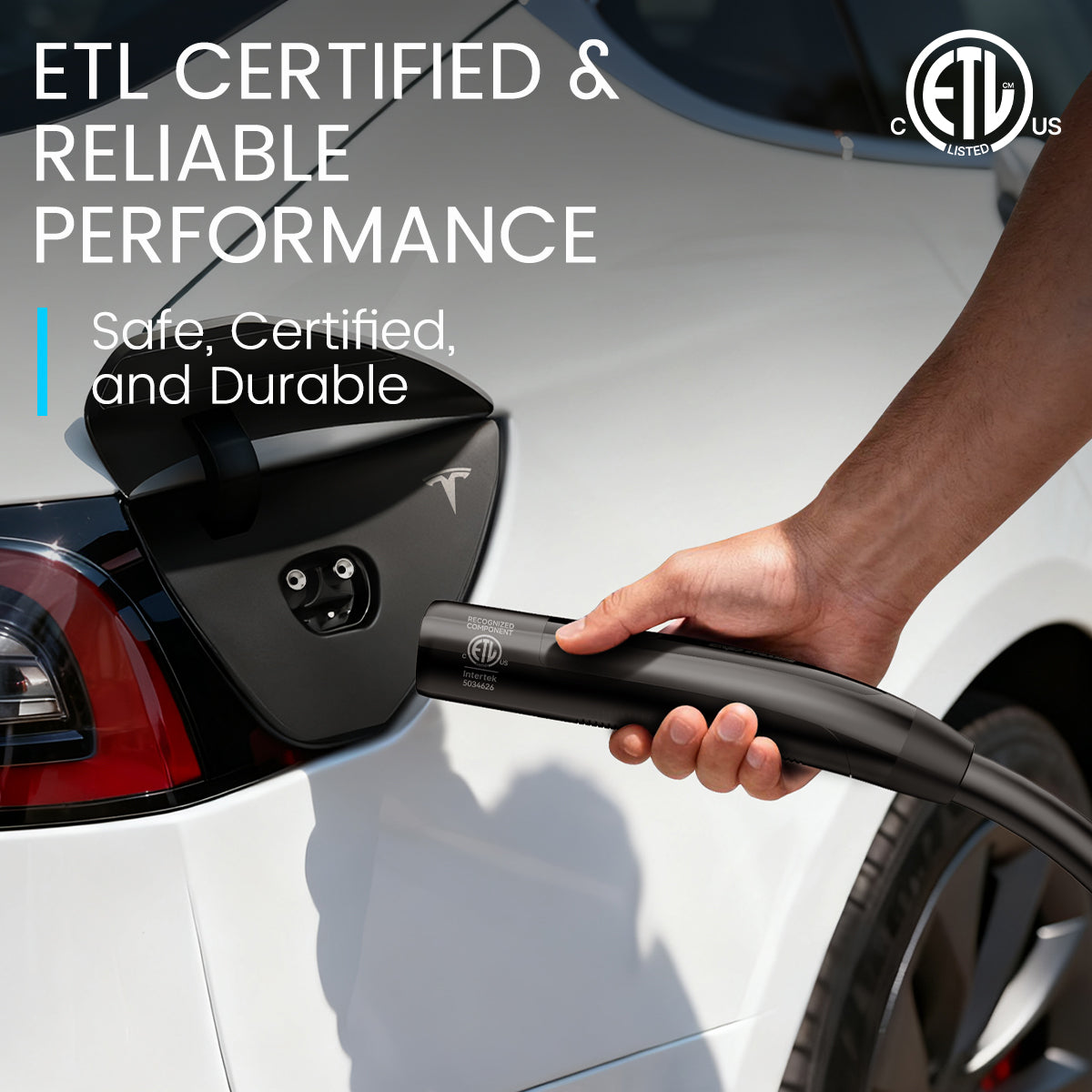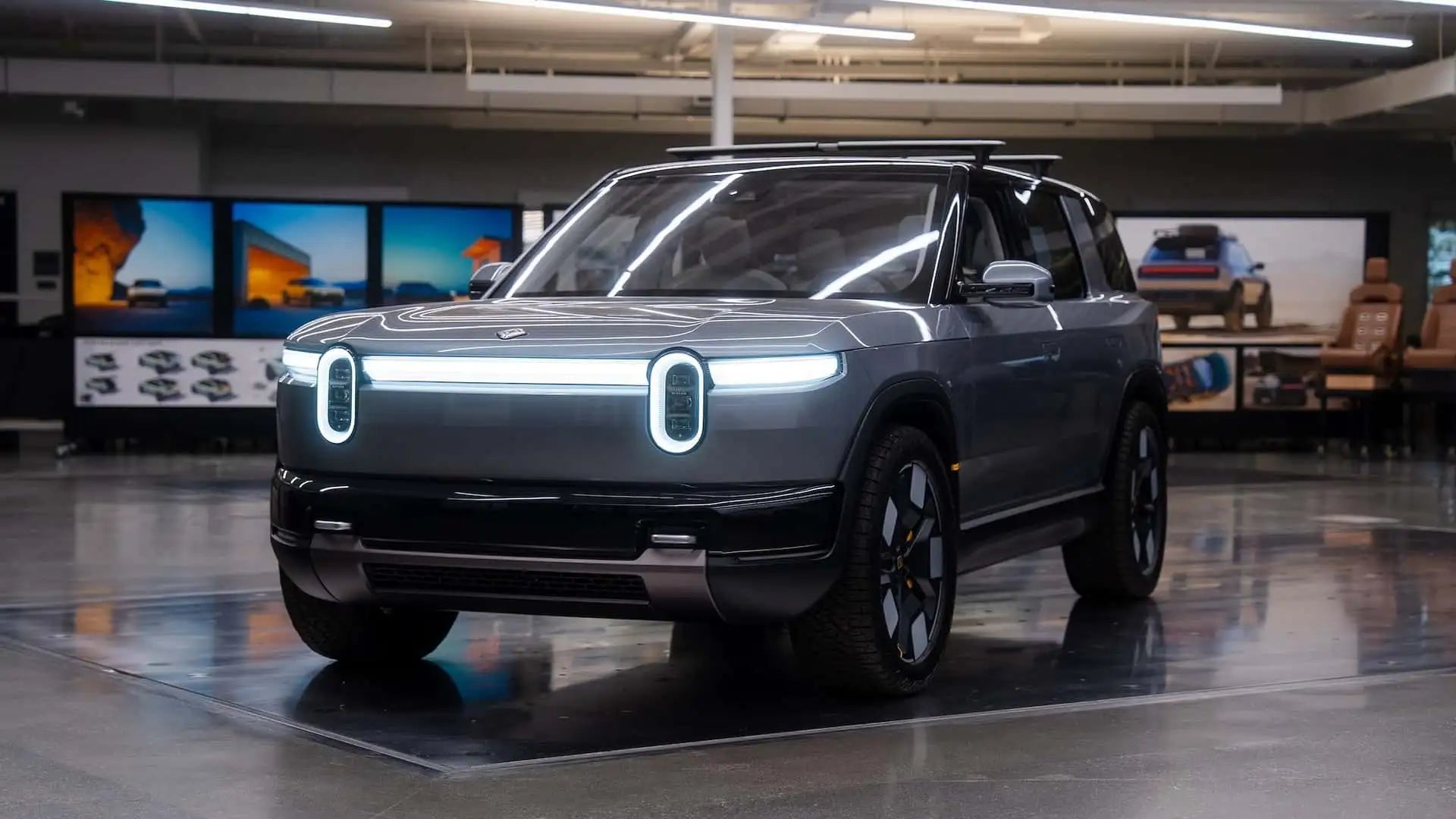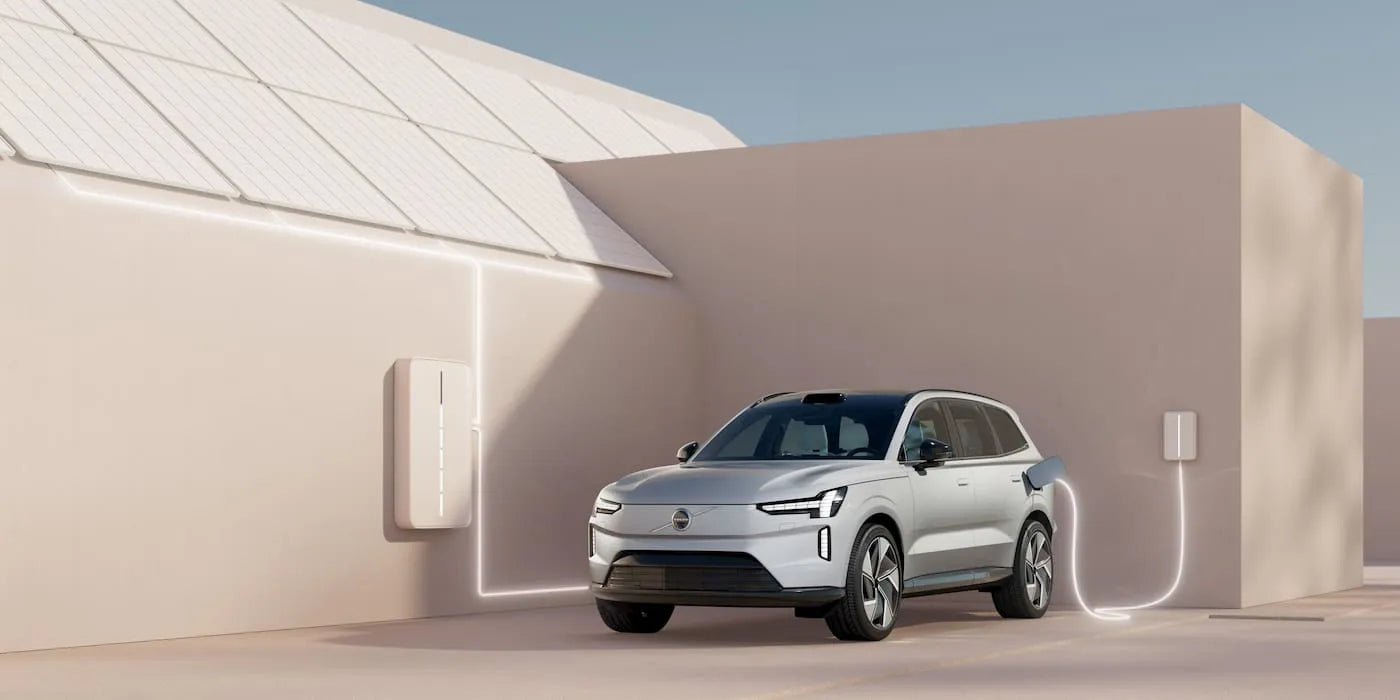FAQs
What is a NEMA 10-30 plug and how is it used for EV charging?
A NEMA 10-30 plug is a 3-prong, 240V electrical outlet commonly found in older homes for dryers. It can be safely repurposed for Level 2 EV charging using compatible EV chargers or adapters. It provides up to 24 amps of current, which can deliver approximately 17–22 miles of range per hour depending on your vehicle.
Can I use a NEMA 10-30 outlet for my electric car?
Yes, you can charge an electric vehicle using a NEMA 10-30 outlet, provided you use a compatible Level 2 EV charger with a NEMA 10-30 plug. However, it lacks a dedicated ground wire, so it’s essential to use a charger with built-in GFCI protection for safety.
What’s the difference between NEMA 10-30 and NEMA 14-30 outlets?
The key difference is that the NEMA 14-30 has four prongs, including a ground wire, while the NEMA 10-30 has only three prongs (hot-hot-neutral). NEMA 14-30 is considered safer and code-compliant for new installations, while NEMA 10-30 is typically used for retrofits or existing outlets in older homes.
Is it safe to charge an EV from a NEMA 10-30 outlet?
Yes, it can be safe if done properly. Use a UL-listed EV charger with internal ground fault protection, and make sure the outlet and wiring are in good condition. Hiring a certified electrician to inspect or install the circuit is highly recommended.
What EV chargers are compatible with NEMA 10-30 plugs?
Many reputable Level 2 chargers offer NEMA 10-30 plug options, including brands like Lectron, Grizzl-E, EVDANCE, and ChargePoint. Always verify the amperage rating (usually 24A max) and make sure your vehicle supports Level 2 AC charging.
Do I need a special adapter to use a NEMA 10-30 outlet for EV charging?
If your charger doesn’t come with a 10-30 plug, you may need a NEMA 10-30 to 14-50 adapter. However, always ensure the adapter includes built-in GFCI and thermal protection, and use only adapters certified for EV use to prevent electrical hazards.
What is the voltage and amperage of a NEMA 10-30 outlet?
A NEMA 10-30 outlet supplies 240 volts with a 30 amp breaker, but most EV chargers using it will be derated to 24 amps for continuous use, in accordance with NEC guidelines.
Can I install a NEMA 10-30 outlet in my garage for EV charging?
Yes, but it’s not compliant with current NEC code for new installations due to the lack of a ground wire. If you're retrofitting an existing 10-30 outlet, it can be used, but for new wiring, a NEMA 14-30 or 14-50 outlet is recommended for safety and compliance.
How fast does a NEMA 10-30 charger charge an EV?
A NEMA 10-30 plug can charge most EVs at around 5.7 kW, adding roughly 17 to 22 miles of range per hour, depending on vehicle efficiency and the charger’s power output.
Is a permit required to install a NEMA 10-30 outlet for EV charging?
Yes, in most areas, installing or modifying a 240V circuit requires a permit and inspection. Local codes vary, so consult a licensed electrician familiar with EV charging infrastructure and NEC compliance.
NEMA 14-50 Plug: A Versatile Power Solution for EV Charging and More
The NEMA 14-50 plug, widely recognized as a 50-amp range receptacle, has been a foundational component in American residential electrical systems for decades. Originally engineered to support high-demand kitchen appliances such as electric ranges, ovens, and stoves, this robust outlet was designed to deliver stable and high-capacity power — making it ideal for appliances that draw substantial current over sustained periods.
With the rapid adoption of electric vehicles (EVs) and the growing need for home-based charging solutions, the NEMA 14-50 has found a new purpose. Its ability to deliver up to 240 volts at 50 amps makes it an ideal interface for Level 2 EV charging, offering a significant speed upgrade over standard 120V household outlets. EV owners can charge their vehicles overnight, often gaining 25 to 35 miles of range per hour, depending on the vehicle model and onboard charger.
Unlike some proprietary connectors, the NEMA 14-50 is universally supported by many EV charging systems, including Tesla (via adapter), Nissan Leaf, Chevrolet Bolt, and more. Its four-prong design—featuring two hot wires, one neutral, and one ground—ensures a safer and more stable connection for both legacy appliances and modern EVs. This versatility makes the NEMA 14-50 not just a legacy solution, but a future-ready power outlet that bridges the gap between traditional household energy needs and next-generation transportation technologies.
In both new home construction and EV charger installations, electricians increasingly recommend the NEMA 14-50 as a cost-effective, high-performance standard. Whether you’re baking a turkey or charging your EV overnight, this plug proves its enduring utility in the age of electrification.
What Is a NEMA 14-50 Outlet?
A NEMA 14-50 outlet is a heavy-duty electrical receptacle designed for 240-volt service at up to 50 amps. It features a four-prong design:
- Two hot wires to provide the 240 volts.
- One neutral wire to complete the circuit and stabilize voltage.
- One ground wire to direct fault current safely into the earth.
This configuration supports powerful, continuous electrical loads, making it a reliable option for home EV charging, as well as traditional uses like powering ovens, ranges, and RVs.
Why Use a NEMA 14-50 for EV Charging?
With the growth of electric mobility, the NEMA 14-50 has become a go-to solution for Level 2 EV charging at home. Its benefits include:
- Fast charging: Delivers up to 9.6 kW, translating to approximately 25–30 miles of range per hour depending on the vehicle.
- Broad compatibility: Works with many EVs, including the Tesla Model 3, Nissan Leaf, Chevrolet Volt, and Ford Mustang Mach-E.
- Convenient installation: Requires fewer modifications than hardwired wall connectors, and is easier to move or replace.
Installation and Safety Considerations
To safely use a NEMA 14-50 outlet for EV charging or other high-power applications, the following conditions must be met:
- Dedicated 50-Amp Circuit: The outlet must be connected to a dedicated 50A breaker, with properly rated conductors.
- Professional Installation: All work should be performed by a licensed electrician in compliance with NEC and local building codes.
- Proper Grounding and Neutral Use: The neutral wire should only return current—not carry unused current. A properly grounded system reduces shock risks.
- Secure Connection: Using a locking or snug-fit receptacle minimizes accidental disconnection and maintains a stable power connection.
When installed correctly, the NEMA 14-50 provides a safe and efficient solution for daily EV charging.
Blog posts
New Generation of EVs Set to Reshape Global Competition in 2026
Western automakers are launching advanced 800-volt, software-defined EVs in 2026 to challenge China’s current dominance in performance, charging, and pricing, setting the stage for the most competitive EV showdown yet.
Rivian Sees Fully Driverless Capability Before 2030, CEO Says
Rivian CEO RJ Scaringe says fully driverless capability could arrive before 2030, detailing a roadmap from hands-off driving to point-to-point autonomy and eventually vehicles operating without occupants.




